Card Sorts: Sorting is the Real Magic
Card sorts are a mental process where educational material is analyzed and categorized based on given or created criteria. Utilized throughout multiple subjects with lots of different material makes the card sort a versatile and appealing technique for teachers of all topics.
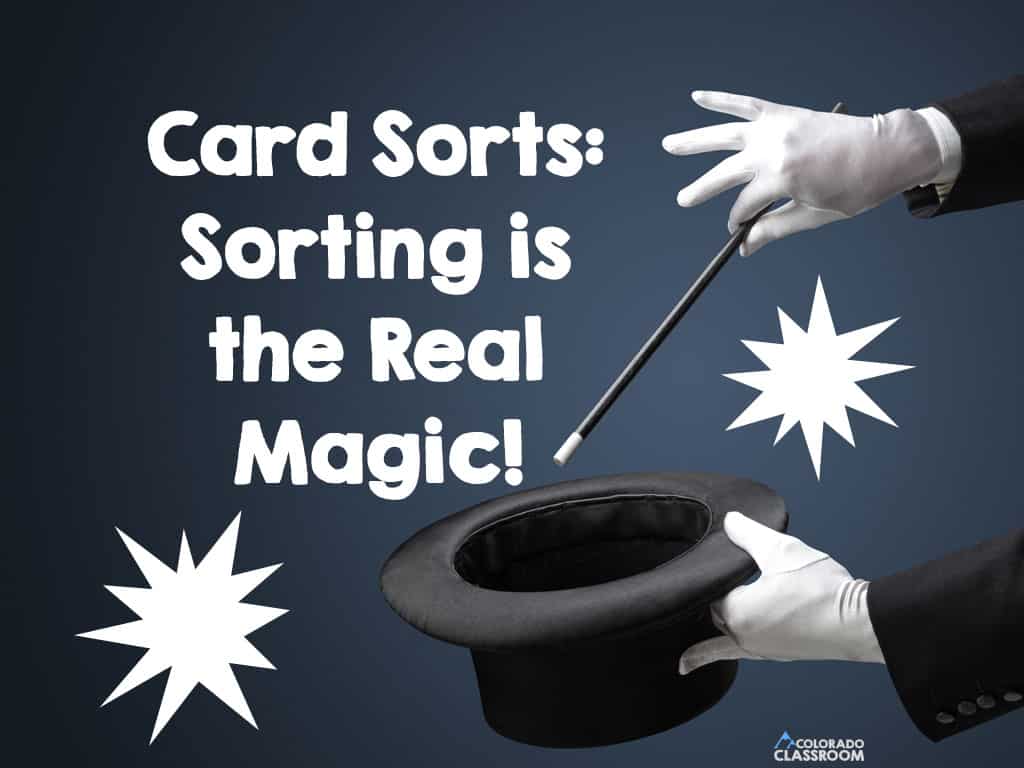
The Basics of Card Sorts
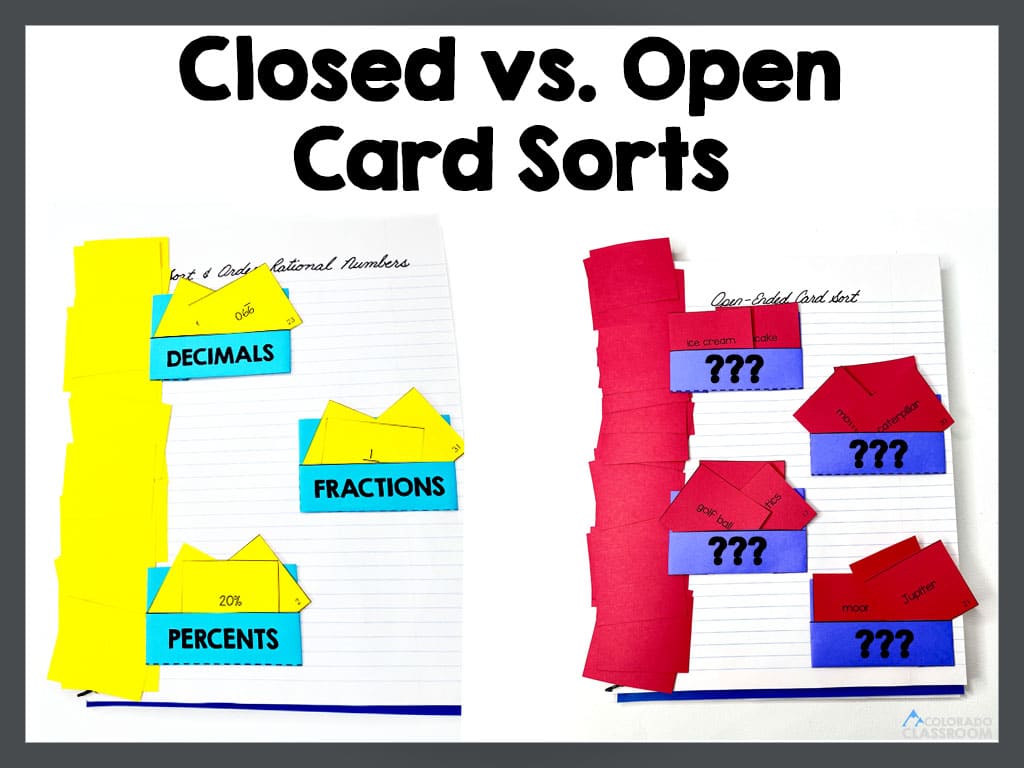
In general, card sorts should have 20-30 cards for sorting. These cards can be pre-made with the topics and ideas already pre-set, or they can be blank and require the students to devise the material that should go on the card. The card sort can also use a bit of both methods if desired.
The same goes for the categories into which the students will sort the cards. Generally, 2-6 of these classifications are ideal. And again, these can be pre-determined or created by the students based on the material going through the classification process.
When the material is pre-typed and ready to go, leaving students to analyze the provided material and then sort it, this is called closed. If, however, students are asked to create some of the cards or categories, the card sort is considered open. Open card sorts comes from the idea that it is open-ended. Students may provide many possible answers.
Mastering the Material
The material used in card sorts can be as varied as the material present in the world. Science students can sort animals into kingdoms or elements by the periods in the periodic table. English language students may sort characters by Shakespeare play or sort sentences by sentence types.
At the same time, social studies students can sort countries by their continents or sort achievements by the society that achieved them. And likewise, math students can sort probability events by likelihood and rational numbers by their form. These are just a smattering of ideas possible with card sorts.
The Real Work is in the Sorting
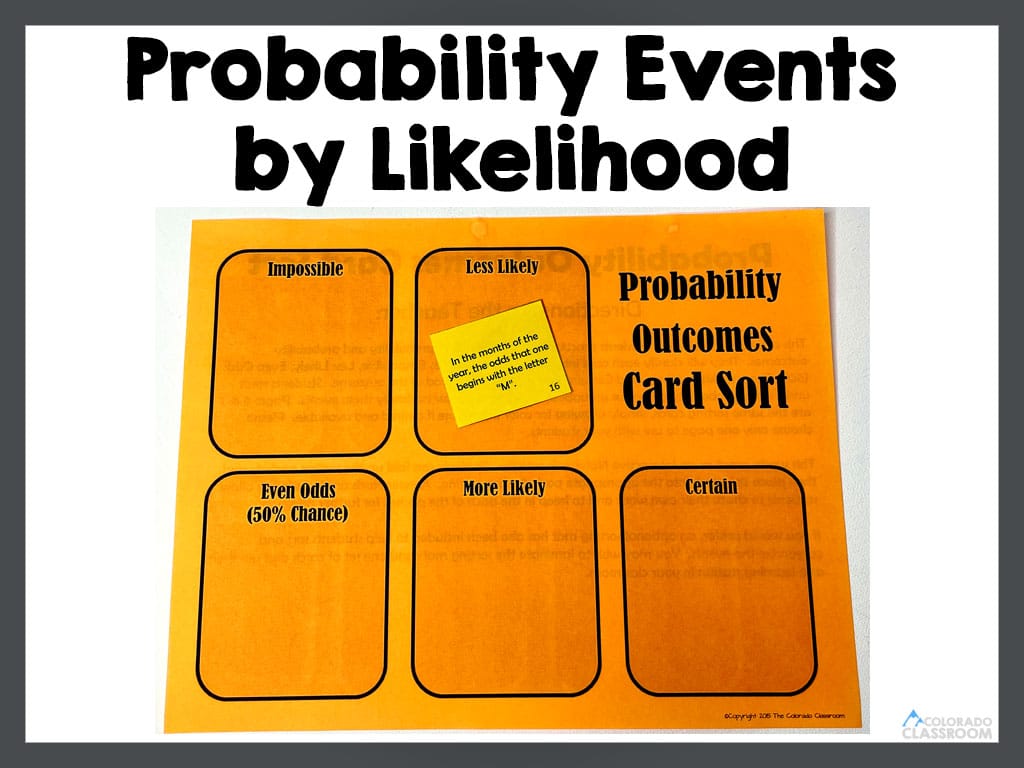
Regardless of what you have students sort, the real work is in the sorting. Students should examine the cards for various factors, make comparisons, analyze what they know, and then place the card in the best category for that item.
For example, let’s look at a card sort of probability events by likelihood.
- First, students obtain a card that reads, “In the months of the year, the odds that one begins with the letter “M.”
- Next, they would need to evaluate the months and how many begin with “M.”
- Once they had determined that only two months out of 12 begin with “M,” they would then need to assess the likelihood of that occurring.
- Since two out of 12 is less than 50%, but it is greater than 0, the students would place the card in the “Less Likely” container.
All of these steps require knowledge, skill, the ability to analyze and reason, and more. Thus, sorting is where the real magic happens.
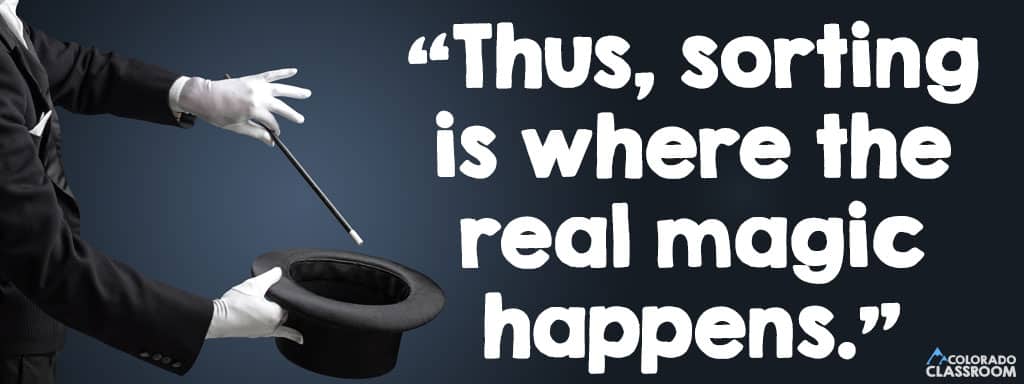
Open-Ended Card Sorts
Most teachers don’t pick or create open-ended card sorts, plain and simply, because they are hard. Although you leave the cards or the containers or possibly both up to the students, the actual sort can become difficult to fathom.
Students could potentially pick the most random topics, ideas, or items to sort. They could sort them in a way to which you had not even given thought. And then comes the grading. Grading is complex when everyone’s assignment looks totally different. Thus, most teachers avoid open-ended card sorts. Yet, by dabbling in them slowly and getting to know their capabilities over time, you can realize that they have fantastic potential.

Let’s look, for example, at the following four words – dog, fish, apple, umbrella. Although a simple sort may classify these into animals, food, and weather gear, another one may categorize them by three-letter words, four-letter words, five-letter words, and so on. At the same time, another one may classify them as items smaller than a bread box and objects larger than a bread box. In comparison, a more thought-out sort may instead go for things we can hold versus items we don’t carry, or even living objects to inanimate objects. As you can see, anything is possible with open-ended card sorts.
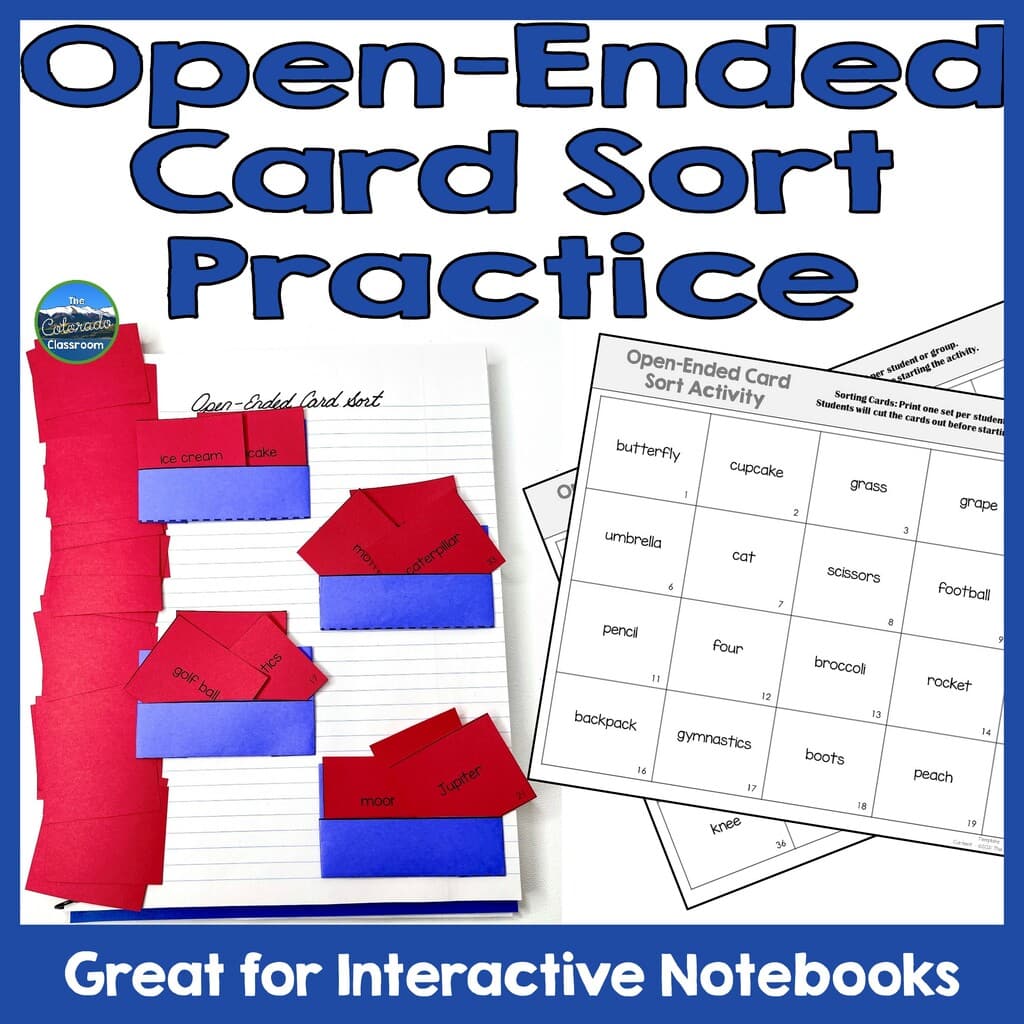
Try the attached open-ended card sort with your students and see what results you get back. Let me know in the comments what you find. I’d love to hear from you.
The Benefits
There are many benefits to using card sorts in your classroom. Not only are they versatile and relatively easy to create (if you’re going for the closed variety), they also get students working in groups, collaborating, and exploring things in a hands-on environment.
Although students can perform card sorts independently, these resources work best in small groups where students can collaborate, discuss, even argue, and debate before agreeing on the best possible classification. The art of working with a team and learning to agree and disagree with a group is something that everyone must learn, and card sorts are a great way to help build this skill.
In addition, this technique allows students to manipulate and work hands-on with materials. Although it’s not building a car or even creating a bridge out of popsicle sticks, the simple act of manipulating cards and placing them in pockets does make this a hands-on activity. It creates some variety in the day. It stimulates different pathways in the brain. And it requires more correlation and skill than just drawing a line between two objects on a piece of paper.
Finally, card sorts allow students to work on their patterning skills. By examining cards for similarities and differences, students recognize and understand uniformity and uniqueness about items. They are understanding the nuances between materials and are finding patterns in their world. All of this takes remarkable skill.
Whatever card sorts you try, enjoy exploring this form of teaching and watching your students grow in their skills and abilities. It’s sure to be a versatile new piece to your teaching repertoire. Don’t forget to reply and let me know how it goes! 🙂
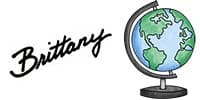
If you are looking for card sorts that are ready to go, here are some options in various subjects:

The concept of card sorts is new to me! I’m interested in knowing more!
I love card sorts and they are so versatile. I learned about them from my friend, Brigid, over at mathgiraffe.com.
I was fascinated to learn about all the possibilities existing for open-ended card sorts! Thanks for a most informative blog post.
It’s my pleasure. I hope you are able to apply and use card sorts in your classroom!